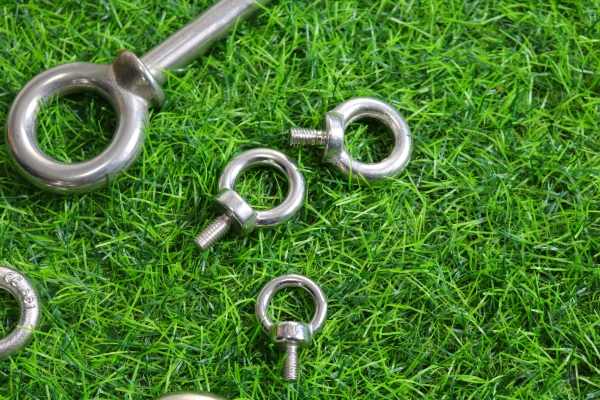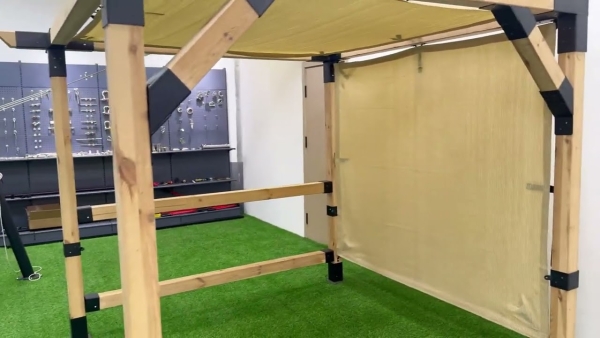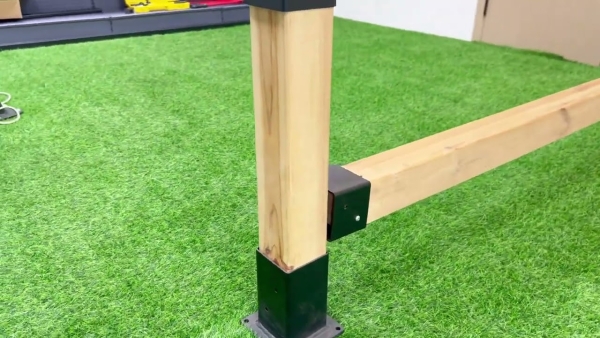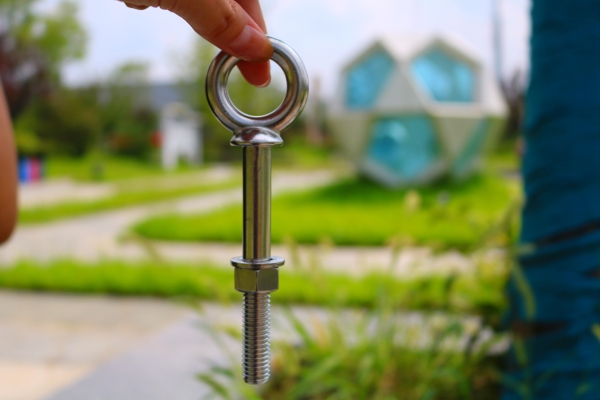Table of Contents
أنواع الخشب التي يجب مراعاتها للعريشة الخاصة بك
العوامل التي يجب مراعاتها عند اختيار الخشب للعريشة الخاصة بك
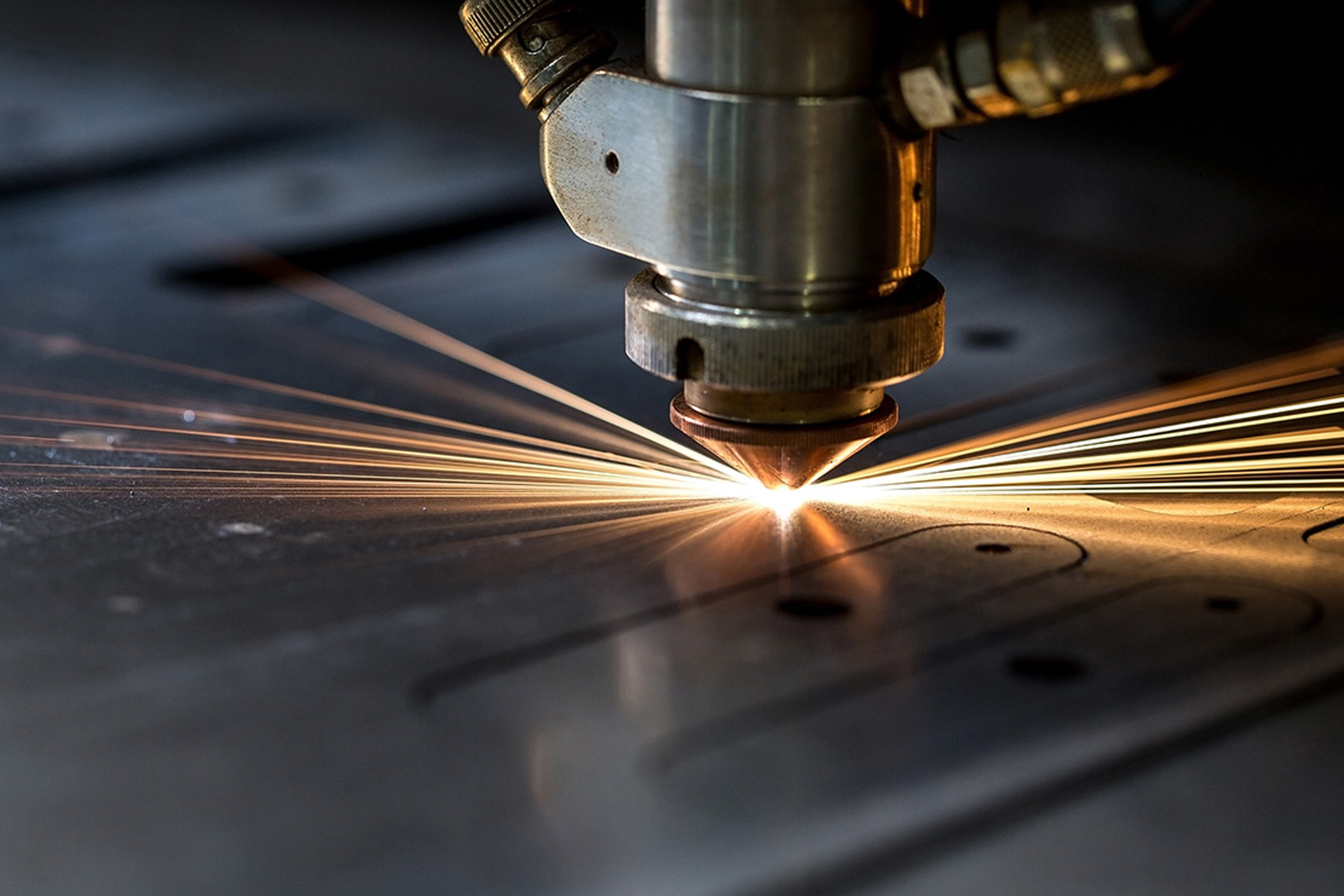
عند اختيار الخشب للعريشة الخاصة بك، من المهم أيضًا مراعاة حجم الخشب وأبعاده. يعتمد حجم الخشب الذي تختاره على تصميم العريشة الخاصة بك والحمل الذي ستحتاج إلى دعمه. تكون قطع الخشب السميكة والأكبر بشكل عام أكثر متانة ويمكن أن تتحمل الأحمال الثقيلة، مما يجعلها مثالية للبرجولات الأكبر حجمًا أو تلك ذات التصميمات المعقدة. قد تكون قطع الخشب الرقيقة والأصغر مناسبة للبرجولات الأصغر حجمًا أو تلك ذات التصميمات الأبسط.
في الختام، يعد اختيار الخشب المناسب للعريشة الخاصة بك قرارًا مهمًا سيؤثر على المظهر العام والمتانة وطول عمر الهيكل الخارجي الخاص بك. ضع في اعتبارك عوامل مثل نوع الخشب ودرجته ومعالجته وحجمه وأبعاده عند تحديد اختيارك. من خلال النظر بعناية في هذه العوامل، يمكنك التأكد من أن العريشة الخاصة بك ليست جميلة فحسب، بل تم تصميمها أيضًا لتدوم لسنوات قادمة.
Factors to Consider When Choosing Lumber for Your Pergola
When it comes to building a pergola, one of the most important decisions you will need to make is choosing the right lumber. The type of lumber you choose will not only affect the overall look and feel of your pergola but also its durability and longevity. There are several factors to consider when selecting lumber for your pergola, including the type of wood, its grade, and its treatment.
One of the first things to consider when choosing lumber for your pergola is the type of wood. There are several options available, each with its own unique characteristics and benefits. Cedar, for example, is a popular choice for pergolas due to its natural resistance to rot and decay. It also has a beautiful, natural color that can enhance the aesthetic appeal of your outdoor space. Redwood is another popular choice for pergolas, known for its durability and resistance to insects and decay. Pressure-treated pine is a more affordable option that offers good durability and resistance to rot.
In addition to the type of wood, you will also need to consider the grade of lumber you choose for your pergola. Lumber is graded based on its quality and appearance, with higher grades typically being more expensive. Select grade lumber is the highest quality and is free of knots and other defects, making it ideal for projects where appearance is important. Common grade lumber, on the other hand, may have knots and other imperfections but is still suitable for many outdoor projects, including pergolas.
Another important factor to consider when choosing lumber for your pergola is how it has been treated. Untreated lumber is susceptible to rot, decay, and insect damage, so it is important to choose lumber that has been properly treated to ensure its longevity. Pressure-treated lumber is treated with chemicals that protect it from rot and decay, making it a popular choice for outdoor projects like pergolas. However, it is important to note that some pressure-treated lumber may contain chemicals that can be harmful to humans and the environment, so it is important to choose a product that is safe for use in outdoor spaces.
When selecting lumber for your pergola, it is also important to consider the size and dimensions of the wood. The size of the lumber you choose will depend on the design of your pergola and the load it will need to support. Thicker, larger pieces of lumber are generally more durable and can support heavier loads, making them ideal for larger pergolas or those with intricate designs. Thinner, smaller pieces of lumber may be suitable for smaller pergolas or those with simpler designs.
In conclusion, choosing the right lumber for your pergola is an important decision that will impact the overall look, durability, and longevity of your outdoor structure. Consider factors such as the type of wood, its grade, treatment, size, and dimensions when making your selection. By carefully considering these factors, you can ensure that your pergola is not only beautiful but also built to last for years to come.



